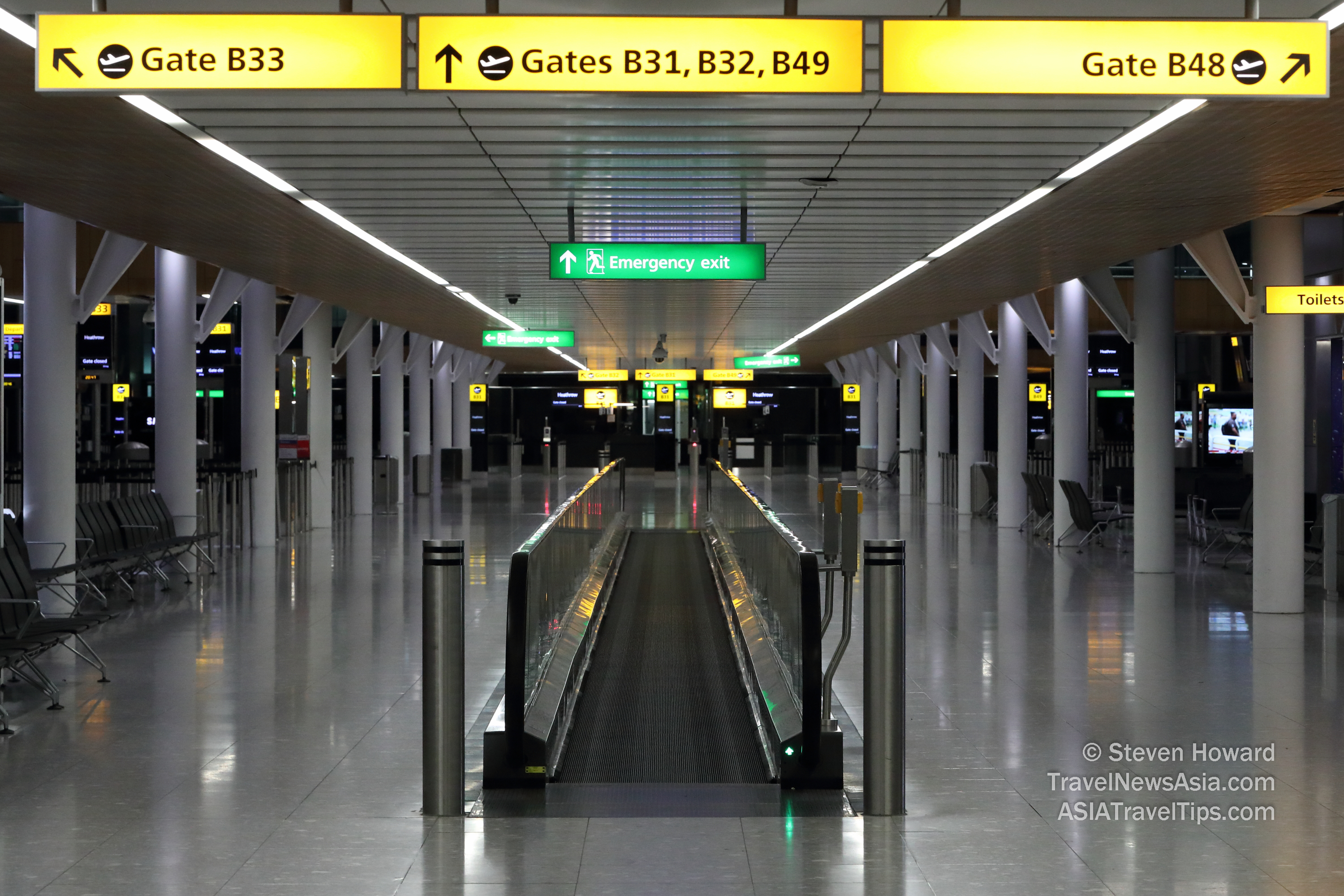|
According to a new report published by SITA, airport
and airline IT executives believe that the growing number of
tech-savvy travelers will have the biggest impact on their digital
plans over the next six years to 2025.
The report, 2025: Air Travel for a Digital Age,
shows that by 2025, 68% of all passengers will be digital
travelers and will expect to manage their travel in much the same
way they do every other aspect of their daily lives � using their
mobile phones.
This demographic shift has created digital
travelers who are demanding more automation and hands-on control
over each step of their journey. In particular, they expect to use
their mobile phone to access services ranging from baggage
location notifications, to boarding and payments. They also expect
their trip to be delivered as a single, unified experience across
airports, airlines, border control and other modes of transport �
from the moment they leave home to when they arrive at their
destination.

Barbara Dalibard, SITA CEO, said, "This
demographic shift brings with it the expectation to use technology
everywhere � including during travel. This will have a profound
impact on how passengers interact with airports and airlines by
2025. In fact, 83% of airport and airline IT leaders surveyed by
SITA believe that this demographic shiftwill be the most important
influence on their passenger solutions strategy by 2025.�
Dalibard maintains that this shift requires more
efficient operations and collaboration between airlines, airports
and other stakeholders responsible for delivering that experience.
Baggage is a prime example. For a single journey, a bag can change
hands a dozen times between the airline, airport, the ground
handler and customs agencies. If the right data is not shared
between the entities, it is difficult to keep track of that bag or
to provide the information the passenger seeks on their
whereabouts of their bag.
�Without this collaboration, we will not be able
to deliver the journey digital travelers want,� Dalibard added.
Biometric technology is one of the key enablers
to delivering more automation as well as smoothly linking each
step in the journey. This technology is already being used at
airports for border control and boarding aircraft and that is set
to grow significantly, both in terms of geographic spread and
functionality. According to SITA�s research, more than over half
of the industry�s IT leaders believe biometric travel tokens will
be the key driver for the future passenger experience.
To date, the focus has largely been on using
biometric identity across a single journey or airport but more and
more the industry is shifting its focus to providing a persistent
digital identity that can be used across multiple journeys.
Dalibard said, �To truly benefit from biometric
technology, we as an industry need to work together to develop and
agree a digital identity that not only provides passengers control
over their identity but is accepted in any airport and across
borders, much like passports are today. This cannot be done in
isolation and requires a high degree of collaboration to make it a
reality.�
SITA is already working with industry
organizations such as IATA, ICAO and ACI and is founding steward
of the Sovrin Foundation, a private-sector, international
non-profit whose mission is to enable self-sovereign identity
online.
|
Headlines: |
|
See latest
HD Video
Interviews,
Podcasts
and other
news regarding:
SITA.
|
